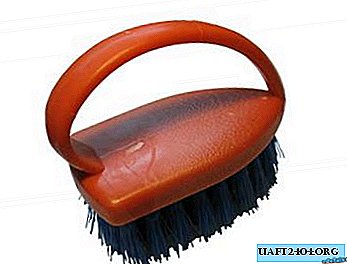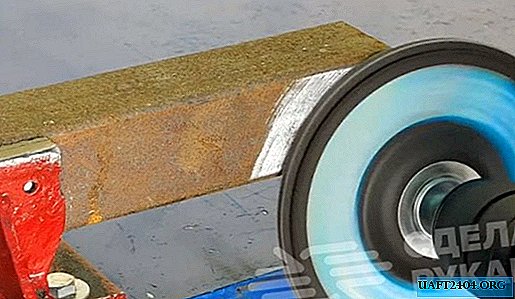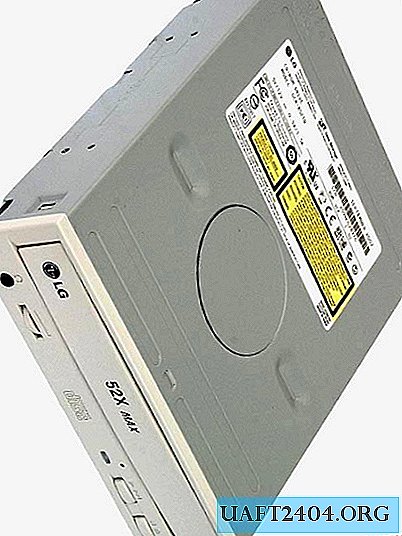The vibratory passage is a brush facing down with bristles, on which an electric motor with an eccentric and a battery are fixed. When the motor shaft rotates, an eccentric (a load whose center of gravity does not coincide with the axis of rotation) rotates, creating a vibration. Vibration is transmitted to the brush body and it begins to move. The direction of movement depends on many factors: surface, mass distribution on the brush, angle of inclination, shape of the bristles, etc.
To build a vibratory passage, we need a brush (bought at a hardware store), an electric motor (bought at radio products or removed from an old toy), and batteries.

You can fix the motor on a brush as you like, in this case double-sided tape was used. An eccentric can be made of tin, for example, or by gluing a nut with an epoxy. You can make a fastener out of a paper clip, in general, there is a large scope for creativity.


We start and see what happened) If the brush does not move correctly - then by changing the location of the motor or batteries we will shift the center of gravity - this will change the nature of the movement.
Second option was proposed by evilmadscientist.com and is distinguished by its miniature. The basis is a toothbrush head, a motor from the vibration of a cell phone (the cam is fixed at the factory), and the battery is a lithium tablet, such as those installed on the computer’s motherboard.



In order to start the bot, you need to press the bare wire to the battery contact with a piece of adhesive tape. This bot was even called a "cockroach") You can make several of these vibroholes with your friends and arrange competitions.
For vibratory passages, the bristle is not an obligatory factor; with a sufficiently strong vibration, a tin can also move on a 3-foot support.

If you run it on a piece of paper, then the markers will leave a mark with a curious pattern.
Source: licrym.org










